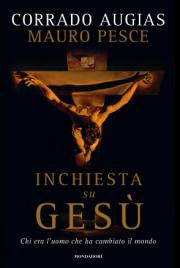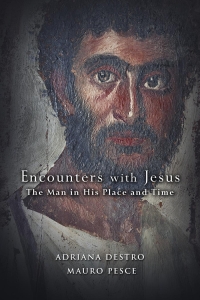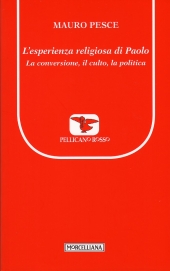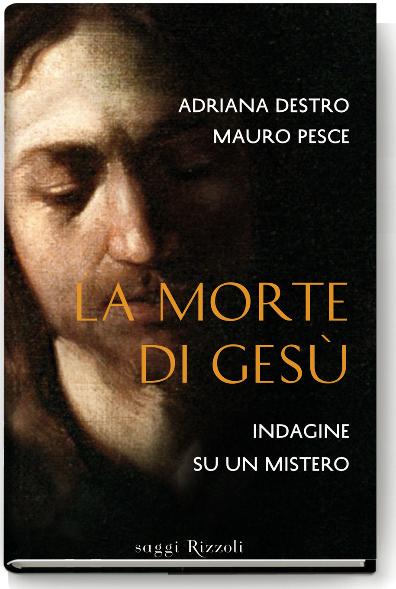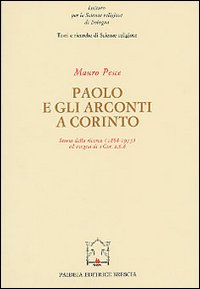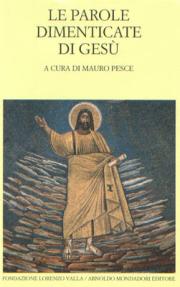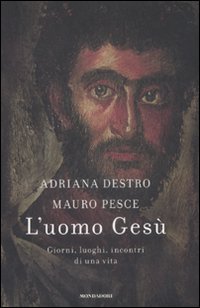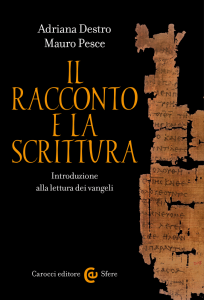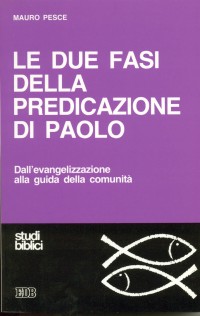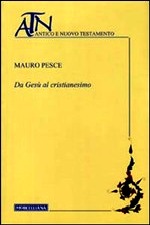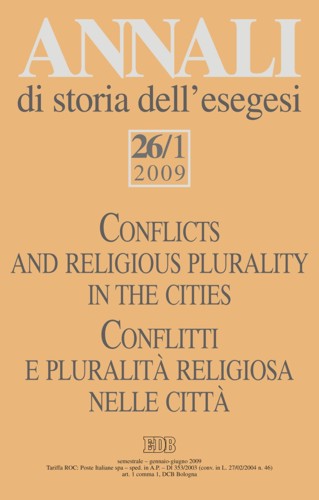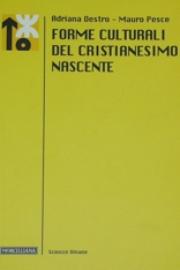Un libro sul movimento conservatore ebraico, recensione di J.Neusner
- Dettagli
- Categoria: Documenti
- Pubblicato Venerdì, 21 Settembre 2012 10:21
- Visite: 7533
Michael B. Greenbaum, Louis Finkelstein and the Conservative Movement. Conflict and Growth. Binghamton, 2001. Academic Studies in the History of Judaism. Global Publications.
Jacob Neusner
Bard College
Dr. Michael Greenbaum's doctoral dissertaton on Louis Finkelstein's relationships with the Conservative movement from 1940 to 1955, the first half of his chancellorship, contains the secret to the progressive decline of Conservative Judaism in the past twenty years. It is well researched and well written and forms the foundation for future history of Conservative Judaism and the future biographies of its leadership.
Louis Finkelstein was chancellor of the Jewish Theological Seminary of America and titular head of Conservative Judaism from 1940 to 1972. This highly illuminating work focuses on how Finkelstein transformed JTSA from a backwater in 1940 to a prominent center of Judaism in the USA in 1955 and turned himself from a third rate Talmudic historian of no long-term importance into a major religious leader on the American scene. When in 1940 he became chancellor of JTSA the annual budget was less than a million dollars and was raised with difficulty. Five years later the budget exceeded four million dollars a year and was raised with sufficient alacrity that far larger budgets were contemplated for the near future. Clearly JTSA changed on his watch. And Finkelstein accomplished the change.nBut he paid a heavy price, which has now come due.
He saw the flaw in the JTSA structure and corrected it. If JTSA was merely a rabbinical school for a sect of Judaism, its constituency was limited. JTSA could never be more than it already was. A great center of Jewish learning would not arise on the foundation of religious politics. Not enough people cared, and then they were the wrong ones. The structural problem of JTSA resulted from its institutional sponsorship: rich Reform Jews paying for the education of middle of the road Conservative rabbis for Orthodox Jewish immigrants and their Americanized children in the second area of immigrant settlement (in the view of Marshall Sklare, Conservative Judaism). JTSA had to redefine itself to appeal to a vast audience and to free itself from the parochial limits imposed by Judaism.
Finkelstein resolved the tension by redefining JTSA into a universal center of religious reason, a place where people discussed democratic values of tolerance and brotherhood and the harmony of religion and science. At the same time Finkelstein aimed at preserving the non-sectarian character of JTSA by downplaying the particular issues of Judaism that led to the formation of Conservative Judaism in the middle between Reform and Orthodoxy. In his day Conservative Judaism was organized to raise funds for JTSA but not given a public role, with "traditional Judaism" used as the language of preference. JTSA was an Orthodox seminary turning out members of the Rabbinical Assembly — Conservative rabbis — for Reform Jews. Conservative congregations davened from a traditional prayer book in synagogues where men and women sat together and were permitted to drive to services, contrary to the law that forbade doing either. Finkelstein brought to JTSA Saul Lieberman, a Talmudic scholar, to serve as the authoritative rabbi of JTSA and exaggerated his scholarship and its value and used him as a bulwark against any liberalization of the law of Judaism as set forth by JTSA. Until Finkelstein and Lieberman lost power, JTSA remained closed to Conservative Judaism but open to traditional Judaism — and Finkelstein would define the difference by appeal to Lieberman, who did not respect the learning of the rabbis produced under his auspices.
The negative definition of JTSA — traditional Judaism yes, Conservative Judaism no — confirmed the heritage of JTSA's prior leadership, which treated JTSA as a minor footnote on the text of Judaism in America. Finkelstein's predecessor Cyrus Adler had been, in addition to JTSA chancellor, the head of Dropsie College, a graduate school of Jewish studies in Philadelphia, and took a primary role in the American Jewish Committee and the Jewish Publication Society and other cultural and political institutions of American Judaism. Under Cyrus Adler (1915-1940) JTSA was merely a hobby. It represented a failed experiment in immigrant acculturation. It was supposed to train traditional rabbis for the immigrant community. No one contemplated starting a new Judaic religious movement. There was Reform and there was traditional or Orthodox Judaism, and the rabbis who came from JTSA were s supposed to speak unaccented American English and to practice normative Judaism. Now when Finkelstein assumed the chancellorship, the earlier graduating classes of JTSA had begun to see their task as not mainly traditional but acculturated rabbis but as representatives of a new Judaic movement, Conservative Judaism.
The conflict that Greenbaum traces was between Finkelstein's conception of JTSA and the institutions created to raise money to support it and the conception of the rabbis produced by the Seminary, who had in mind a differentiated religious movement able to reform Judaism without adhering to the new Reform movement. The growth that he traces resulted from the policies of Finkelstein and his insistence that JTSA stood for undifferentiated traditional Judaism: Halakhically and theologically no different from Yeshiva University (with which Finkelstein even contemplated an Anschluss in the early years of his chancellorship. He saw no gain in identifying JTSA with a new Judaism. The most astute JTSA professor by far, Mordecai M. Kaplan, conceived of a new Judaism that matched the intellectual aspirations of American Jews for a Judaism of culture and not of supernaturalism. Finkelstein tolerated his presence but offered no sponsorship, even though Reconstructionist Judaism enjoyed the intellectual support of many Conservative (and Reform) rabbis and provided the foundations for a secular Judaism that many sought.
What Finkelstein offered instead of moderate Orthodoxy or Reconstructionism was a universalizing center of religious discourse, where science and religion met, where democracy and good will thrived, where Christians met with Jews and affirmed one another's integrity, and he raised money on the basis of an appeal to social and religious values shared by all religions and persons of good will. He spoke in terms of saving the world and founded an institute for social and religious studies, which sponsored conferences that would discuss religious toleration. He brought together at JTSA leaders of Catholic and Protestant Christianity and he sought the unity of science and religion. JTSA became a prominent institution in interfaith programs put forth in American Jewish affairs and Finkelstein with his talk of saving the world a principal figure in public discourse, JTSA saw its vision as a source of universal peace and justice, not as the fountainhead of a religious sect. he appeal to Reform and secular Jews lay in the repudiation of narrow mindedness and the vision of a universal theology of tolerance.
The direct relationship between the universal vision of world peace and justice that JTSA was supposed (like the United Nations) to bring about and the expansion of JTSA and its success in fund raising should not be missed. lthe principal donors to JTSA in the beginning were not Orthodox or Conservative Jews but Reform Jews, members of Temple Emanu EL in NYC for example. They had no interest in Conservative Judaism. But they did find appealing the universal mission defined for them by Louis Finkelstein. His narrative was compelling.
Greenbaum tells this story of conflict and growth through massive citations of interviews and correspondence. He does not promise a biography of Finkelstein or a history of JTSA but what he promises — an account of the Conservative movement in conflict and growth — he delivers in abundance. It is a fine dissertation and an important one. In the pages of this book is concealed the secret of the collapse of Conservative Judaism in the generation that succeeded Finkelstein's regime. Finkelstein's resolution of the structural flaws of JTSA — the subordination of a religious movement to the appeal of a universal vision of toleration and good will — undermined the foundations of support that Finkelstein sought to set down.
In the generation that followed the advent of Finkelstein, the intellectual challenges were met but not by the chancellor. Rather, Abraham J. Heschel took over the tasks of speaking a universal message to and through American Judaism — attaining public influence and realizing scholarly achievement of which Finkelstein could scarcely imagine and to the rigor of which he did not aspire. Mordecai M. Kaplan set forth the theology of secular Jewishness in deeply Judaic terms that the Reform Jews hoped to define through JTSA. Both men at the height of their scholarly and communal careers were marginalized at JTSA by Finkelstein and Lieberman, — the latter of whom savagely dismissed Heschel's finest work as Purim Torah.
But the future belonged to Kaplan (whose continuators gave up on JTSA and founded their own Rabbinical school) and even more to Heschel — and through the two of them to Conservative Judaism. The Conservative day schools were named for Heschel or Schechter but not for Finkelstein or Lieberman. Louis Finkelstein did not define Conservative Judaism, he paralyzed it by limiting its purpose to the support of JTSA. By the time the authentic voices of a religious movement were heard, Conservative Judaism and with it JTSA had entered the long slow process of decline that the intellectual giants of JTSA, Kaplan and Heschel, if they had been accorded institutional support, could have forestalled. Finkelstein's successors in the JTSA chancellorshp, Gerson D. Cohen and Ismar Schorsch, hardly firtst rank historians of the Jews, struggled with his legacy but could not overcome its mendacious heritage. Conservative Judaism was comprised by Orthodox rabbis serving Conservative congregations made up of Reform Jews. Greenbaum has defined a fine occasion for reflection on why Conservative Judaism is declining and supplied facts needed to answer the question. This is a fine dissertation.
It remains to note that in the years covered by this account of Adler's and Finkelstein's leadership of JTSA and Conservative Judaism six million Jews were murdered in Europe. That fact scarcely enters the scene. By contrast any account of the counterpart at HUC, Julius Morgenstern, president of Hebrew Unon College, would tell the story of his struggles in securing immigration visas for European scholars of Judaism, so saving their lives. Among those Morgenstern saved was Abraham J. Heschel.

